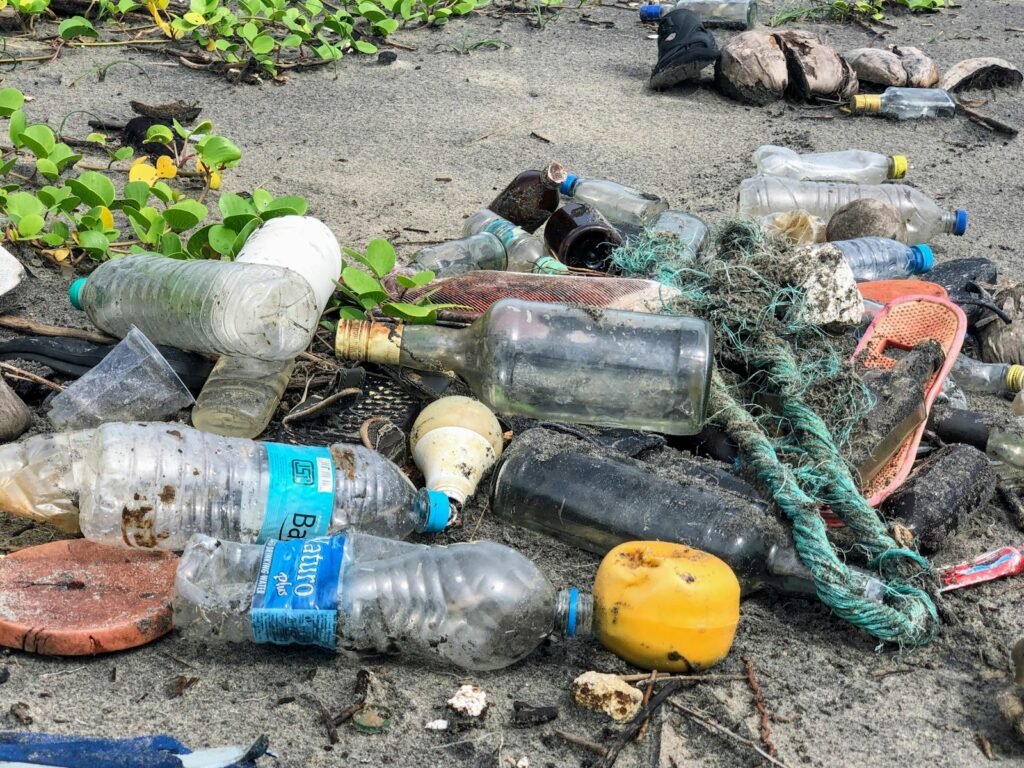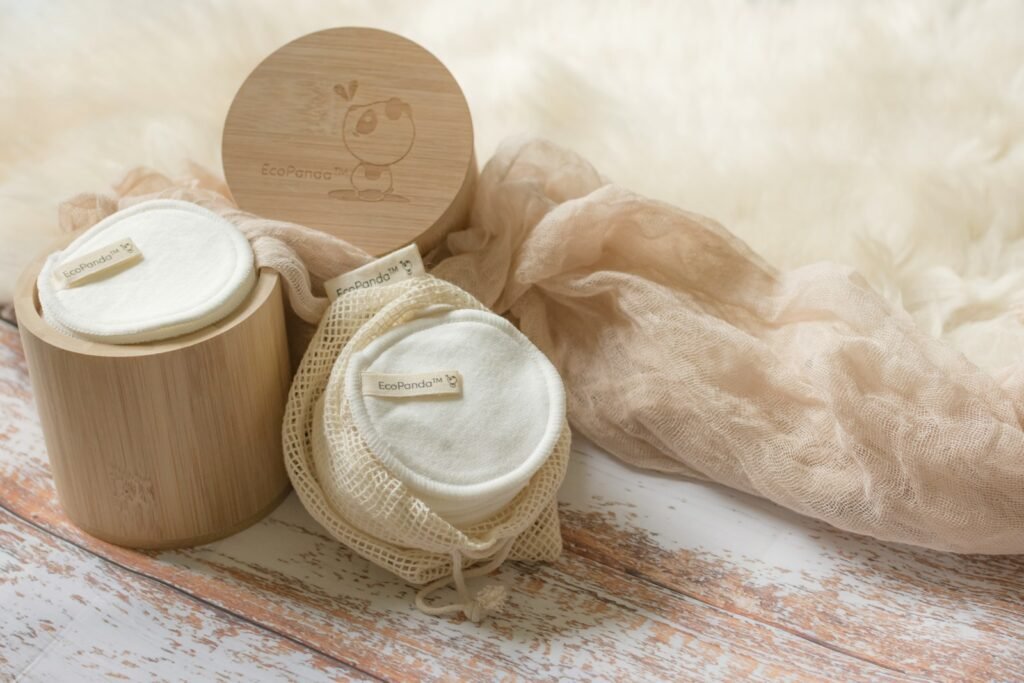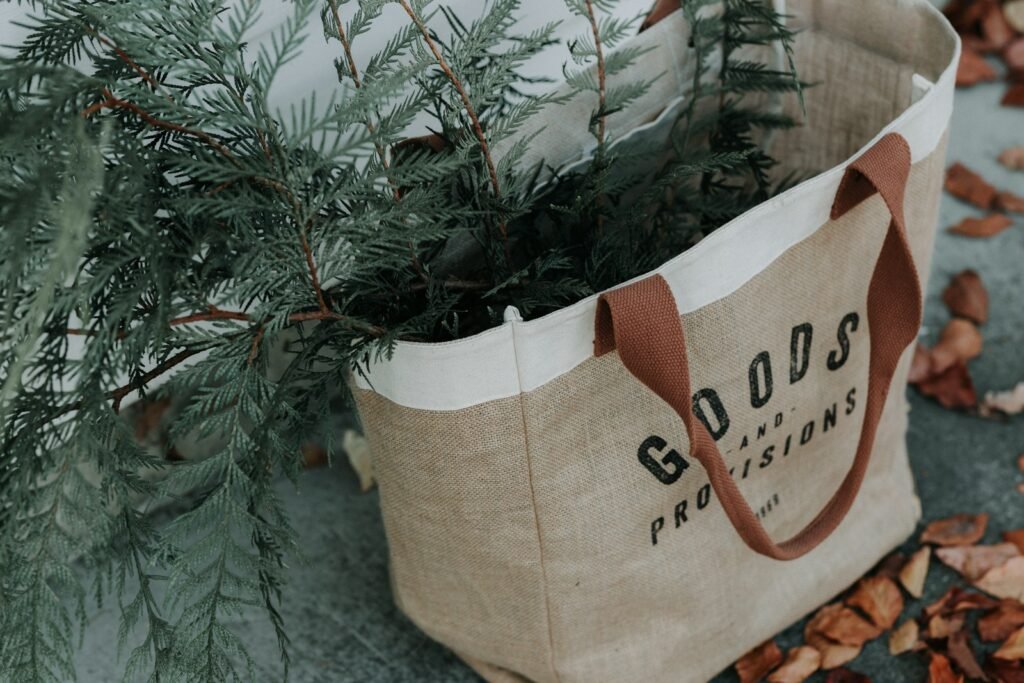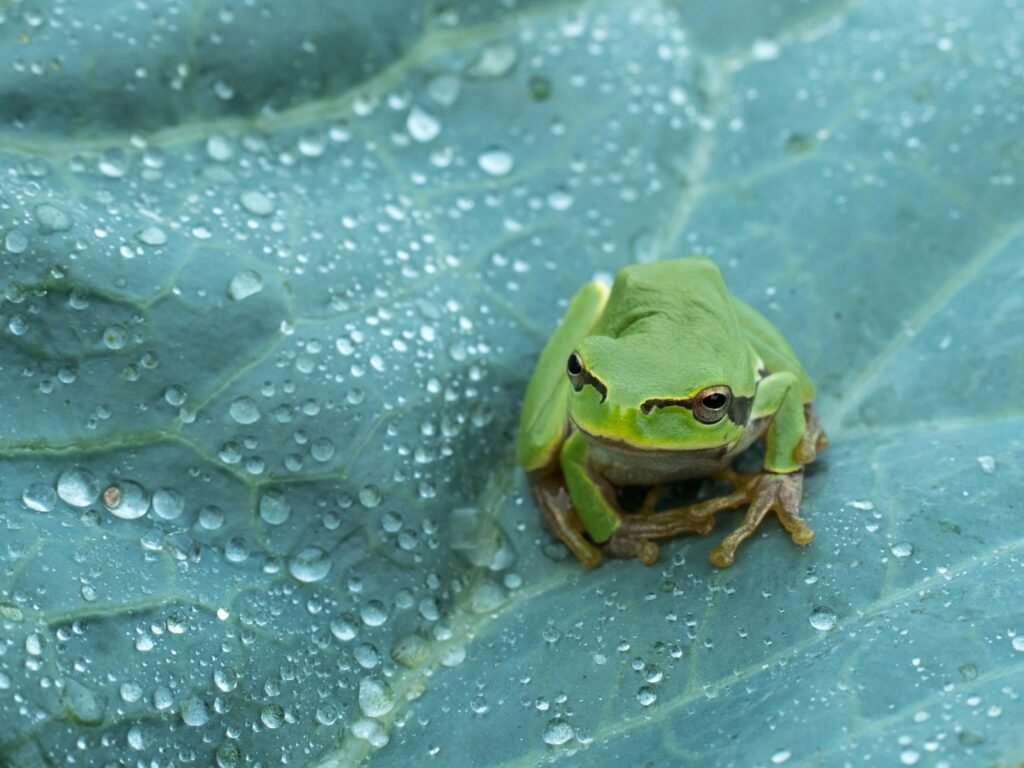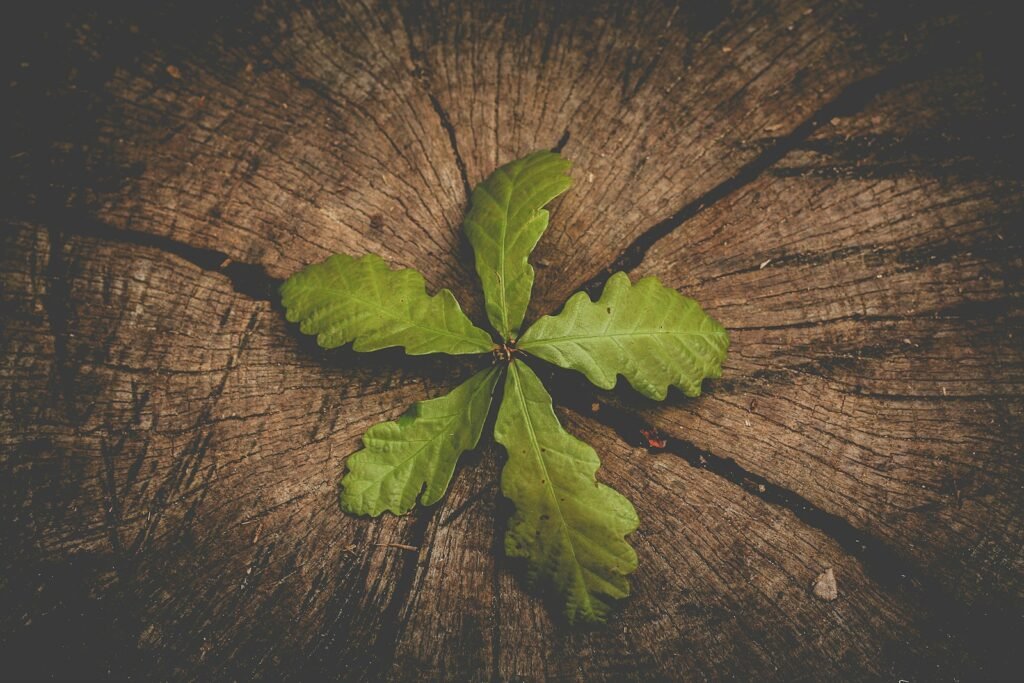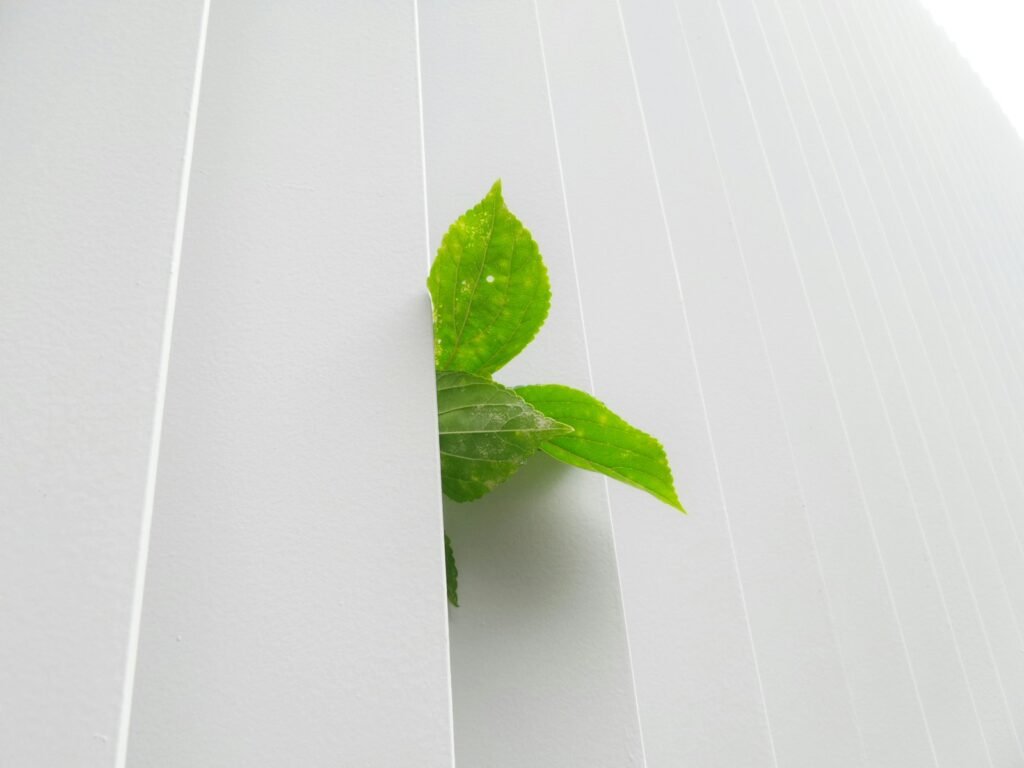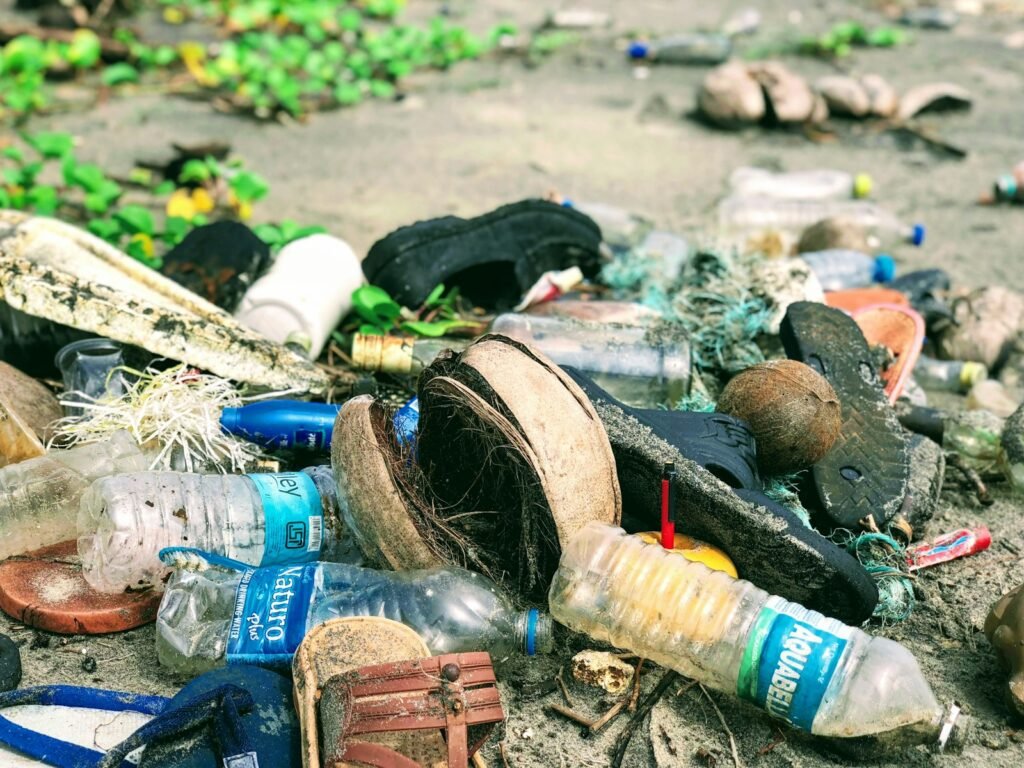Becoming a parent is one of life’s most profound transitions. It’s a time of deep love, boundless curiosity, and intense focus on your child’s well-being. But it’s also a time when your household footprint can grow—especially when you’re stocking up on diapers, wipes, bottles, clothes, and gear. Most of these products come wrapped in plastic, made from synthetic materials, and designed for single use. That’s a lot of waste, a lot of chemicals, and a lot of long-term environmental cost.
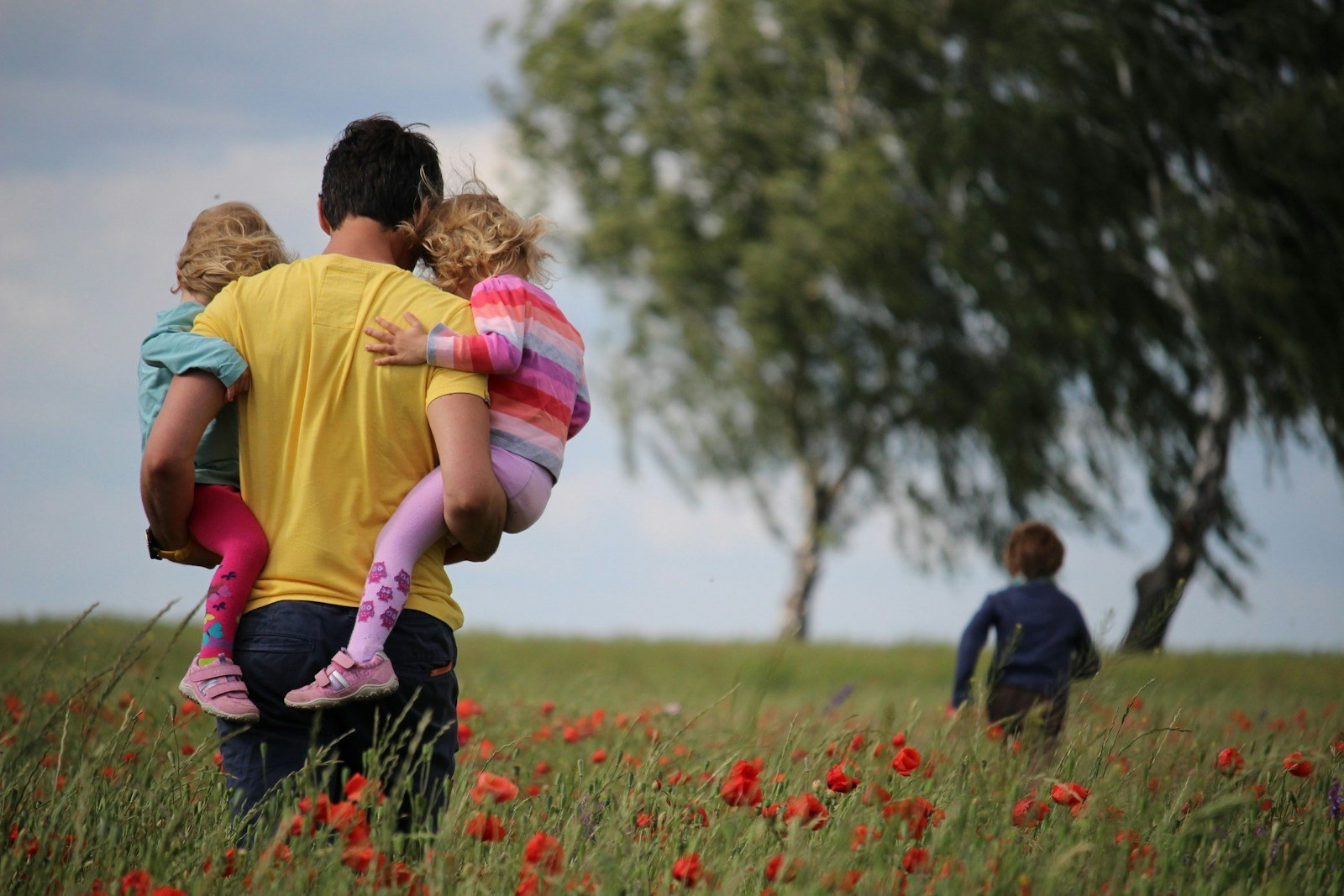
Eco-friendly parenting isn’t about achieving perfection. It’s about making thoughtful choices that reduce harm to the planet while still prioritizing your baby’s health and comfort. It’s about building habits now that benefit your child for life—starting with the air they breathe, the soil they play in, and the world they inherit.
Start with the Essentials: Diapers and Wipes
The single biggest source of household waste in the first year is diapers. Disposable diapers take over 500 years to decompose and are made from petroleum-based plastics, synthetic absorbents, and glues. Even if you’re using “biodegradable” or “flushable” versions, most end up in landfills where they don’t break down properly.
Switching to cloth diapers is one of the most impactful changes you can make. They’re reusable, reduce landfill waste by up to 90%, and over time, cost significantly less than disposables—especially with multiple children.
You don’t need to go all-in on a full system right away. Start with a few cloth diapers and a cloth wipe system. Wash them in a high-efficiency machine using eco-friendly detergent. Many parents find that washing every 2–3 days is manageable. Use a diaper pail with a charcoal filter to minimize odor.
For wipes, ditch the plastic-packaged ones. Instead, use soft, reusable cotton squares or muslin cloths. Wash them with your regular laundry. You’ll save money, reduce plastic waste, and avoid the fragrances and preservatives often found in commercial wipes.
Feeding with Purpose: Bottles, Formula, and Food
Bottles are another major source of plastic waste. Most plastic bottles contain BPA, phthalates, or other chemicals that can leach into formula or breast milk, especially when heated. Glass and stainless steel bottles are safer, more durable, and infinitely reusable.
If you’re bottle-feeding, choose bottles made from non-toxic materials. Avoid plastic with recycling codes 3, 6, or 7. Opt for models with glass or stainless steel bodies and silicone nipples. These are easier to clean, last longer, and don’t degrade over time.
When it comes to formula, choose brands that use organic, non-GMO ingredients and come in recyclable or compostable packaging. Look for bulk or concentrated options to reduce packaging waste. If you’re breastfeeding, know that this is one of the most sustainable feeding methods—no bottles, no packaging, no plastic.
For baby food, consider making your own. It’s healthier, more affordable, and eliminates single-use pouches. Use seasonal, local produce when possible. Blend, freeze in ice cube trays, and store in glass or reusable silicone containers. You’ll avoid preservatives, reduce packaging waste, and gain full control over ingredients.
Create a Green Nursery from the Start
The nursery is often one of the first places new parents go all-out—buying new furniture, bedding, and décor. But most of it is made from particleboard, synthetic fabrics, and treated woods that emit VOCs (volatile organic compounds), which can affect air quality in your baby’s room.
Instead, prioritize materials that are naturally safe and sustainable. Look for furniture made from FSC-certified wood, bamboo, or reclaimed timber. These materials are renewable, durable, and free from toxic finishes.
Choose bedding made from organic cotton, hemp, or bamboo. These fabrics are breathable, hypoallergenic, and biodegradable. Avoid synthetic fibers like polyester or microfiber, which shed microplastics and don’t break down.
Use non-toxic, low-VOC paints or natural clay-based finishes. These are safer for your baby and better for indoor air quality. If you’re painting, choose water-based, zero-VOC options and ensure proper ventilation during application.
You don’t need to buy everything new. Consider secondhand furniture from trusted sources—thrift stores, online marketplaces, or parent groups. With a little sanding and refinishing, many pieces can be refreshed and made safe for your baby.
Bath Time Without the Waste
Bath time is a daily ritual, but it’s also a chance to introduce sustainability. Most baby bath products come in plastic bottles, contain synthetic fragrances, and often include harsh chemicals.
Switch to bar soaps made from natural oils and plant-based ingredients. They’re long-lasting, plastic-free, and often come in compostable packaging. Use a washcloth or muslin cloth instead of disposable sponges.
Choose shampoos and conditioners that come in refillable containers or solid bars. You’ll use less product, avoid plastic, and reduce packaging waste.
For bath time itself, consider a baby bathtub made from recycled materials or a simple basin. Fill the tub with just enough water to cover your baby’s body—no need to overfill. Use a low-flow showerhead to reduce water usage, and consider collecting bathwater in a bucket to use for watering plants or cleaning.
Parenting on the Go: Eco-Friendly Gear and Travel
When you’re out and about, it’s easy to fall back on disposable items. But even short trips can be made greener with mindful choices.
Strollers and car seats are major purchases. When choosing, look for models made with recycled or organic materials. Some are crafted from recycled plastics, natural fabrics, or sustainably sourced wood. Check for certifications like OEKO-TEX or GOTS (Global Organic Textile Standard) to ensure safety and sustainability.
For clothing, choose natural fibers like organic cotton, bamboo, or hemp. These materials are softer on delicate skin, biodegrade faster, and require fewer pesticides and water to grow. Avoid synthetic blends and fast-fashion labels. Buy in bulk or use a clothing swap network to extend the life of each piece.
When you’re traveling, bring your own supplies. Pack reusable utensils, a silicone food container, a washable cloth napkin, and a refillable water bottle. Use a reusable baby carrier instead of a stroller when possible—fewer materials, less waste, and better for your back.
Raise a Child Who Cares About the Planet
Your child’s values are shaped early. They’re watching you. They’re learning by example. Every time you sort trash, compost food scraps, or walk instead of drive, they’re absorbing that behavior.
Start small. Let them help with simple tasks—putting a banana peel in the compost bin, turning off lights, choosing a reusable bottle over a plastic one. Use nature as a classroom: point out trees, birds, and flowers. Talk about how we can protect them.
Give them toys made from wood, fabric, or natural materials. Avoid plastic toys with sharp edges or loud, flashy features. Natural toys encourage creativity, imagination, and a deeper connection to the world around them.
Simple Habits That Make a Big Difference
You don’t need to overhaul your life to be eco-friendly. Small, consistent actions add up.
- Keep a reusable shopping bag in your diaper bag or car.
- Use a cloth napkin instead of paper during feeding or meals.
- Buy in bulk to reduce packaging.
- Compost food scraps—even baby food leftovers can go in the compost.
- Repair or repurpose items instead of discarding them.
These habits aren’t just good for the planet. They’re practical, cost-effective, and easy to maintain—even when you’re sleep-deprived and overwhelmed.
You’re Already Doing It Right
You’re reading this because you care. You’re looking for ways to do better—for your baby, for your family, for the planet. That’s the most important step.
Eco-friendly parenting isn’t about doing everything perfectly. It’s about choosing kindness—toward your child, toward the Earth, and toward yourself. It’s about building a future where your child grows up in a world that’s clean, safe, and full of wonder.
Start where you are. Use what you have. Make one change today. Tomorrow, you’ll make another. And before you know it, you’ll be raising a child who knows how to live gently on this planet—because you taught them how.
